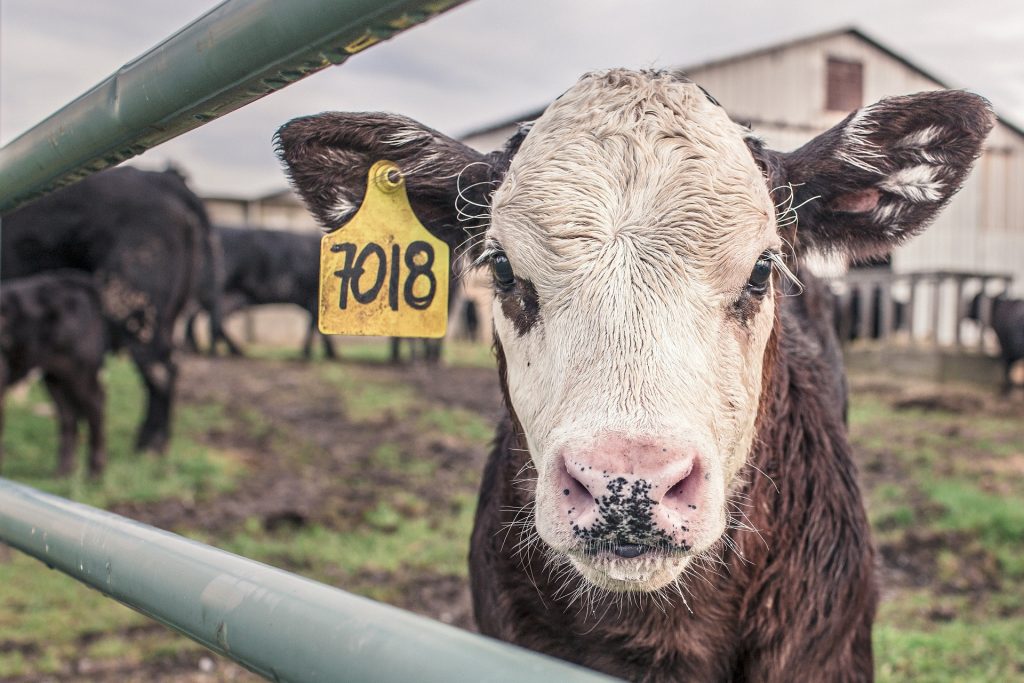Foresight Centre: Cultured meat offers important economic options for Estonia
Producing and consuming cultured meat could dramatically reduce the environmental footprint of food production and help improve public health. The research and development linked to the production of meat substitutes offers a massive economic opportunity for Estonia, says Foresight Centre in its brief report “Cultured Meat and Other Meat Substitutes: Today and in the Future”.

Head of Research of the Foresight Centre Uku Varblane explained that 80% of the agricultural land around the world was used to produce meat, while only 30% of the protein consumed by people was of animal origin. “The transition to plant-based substitutes for animal-based proteins would reduce agricultural land usage by up to one half; this would be further reduced if we introduce cultured or lab-grown meat. In addition, alternative meat production methods help reduce diseases that are transmitted between animals and humans, and alleviate the increasing problem of antibiotic resistance,” Varblane said.
Overconsumption of meat has a negative impact on public health as well: 20% of all deaths in Estonia are directly linked to unhealthy eating habits, and obesity is a growing concern, with one in five adults being overweight already. “Estonians eat more meat than nutritionists recommend, and among the meat on the plate of an average Estonian, it is pork that has the largest environmental footprint. Reducing the consumption of meat to the level recommended by nutritionists would reduce the environmental footprint of Estonians by 5%,” Varblane explained. The calculations of the Foresight Centre show that the average environmental footprint of an Estonian exceeds the planetary boundary by 3.8 times, which is in part caused by the overconsumption of animal-based foods.
Alternative meat production technologies mean that the meat protein is lab-produced by microbial synthesis or by using insects, fungi, or plants as raw materials. Scientists expect to see cultured meat in mass production within the next 10 or 20 years. We are still to develop the technology that would allow large-scale and cheap production, and to resolve the issue of improving the taste of cultured meat.
The Foresight Centre report emphasises what a great economic opportunity the research and development activities linked to the production of meat alternatives would be for Estonia.
In the question of cultured meat, the potential for Estonia lies in scientific cooperation and patenting, such as developing prototypes of technical equipment, culture media, or cell substrates. “Estonian scientists have world-class competence in such important fields of cultured meat production as microbial meat substitutes, precision fermentation, and production of mycoprotein, i.e. fungal protein,” Varblane elucidated.
In the development and incubation stage, Estonia is best placed in test regulation and setting up testing labs, as well as organising trade shows. At the growth stage, our key words should be the design and production of culture media and cell substrates, as well as equipment components.
Latest news
-
27.06 2025Current low birth rate will lead to up to 1.3 billion euros less tax revenue in the future
In its new short report “The impact of population ageing and low birth rate on long-term state revenue and expenditure”, the Foresight Centre notes that the lower than projected birth rate will reduce government spending on family policy and education, but in the long term, it will mean up to 1.3 billion euros less in tax revenue.

 An independent think tank at the Riigikogu
An independent think tank at the Riigikogu 